Even though I only have one grandchild so far, I find myself fervently hoping my grandkids will like Honeycrisp apples. I swing the pick high overhead and bring it down, business end striking the soil like steel on flint. Daylight has long since faded as I have already planted 9 starts in the difficult ground, and now it is dark. Sparks illuminate the black of the hole in the ground as cast iron strikes volcanic rock. There’s a lot of it here, and it is almost inextricably bound in a living 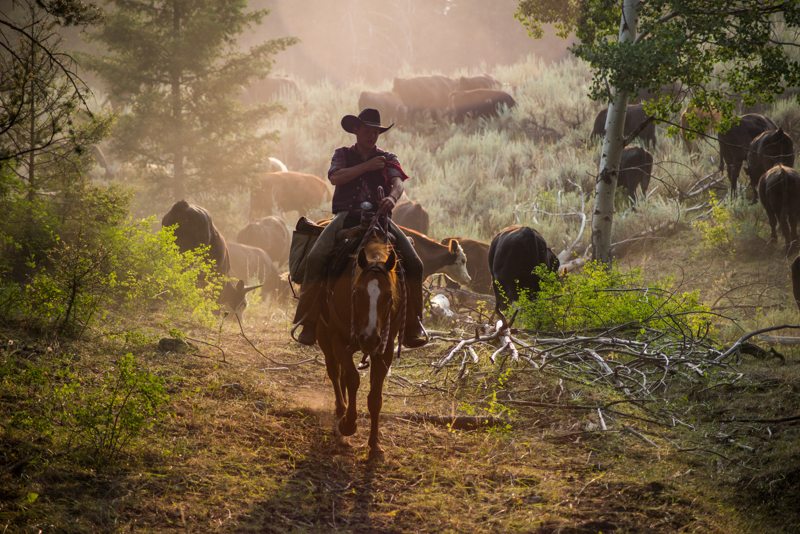 matrix of clay and loam, organic matter and rock, found under the dense sod of Alderspring.
matrix of clay and loam, organic matter and rock, found under the dense sod of Alderspring.
I have a headlamp on now as I create a home for tender apple sapling roots. I pick away with glancing and jarring blows on solid rock. No use for a shovel here; I simply excavate the rich mineralized soil liberated from the grid of rock and root with my gloved hand. The soil comes in clumps and wads; it obviously has good structure: the sign of life. But I don’t see any movement. Frost just came out of the ground a week or so ago, and I have yet to spy an earthworm. They go deep in the winter–often as deep as 5 feet to be free from ice and live instead in the ground warmth found below the epidermis of Earth.
I look up for a moment to breathe the dense and chill air and tilt my head back at the sky. Occasional windows punctuate the thick clouds that have been spitting rain most of the day (a perfect day to plant my bare root charges, liberated from nurseryman’s crowded row to find life and living on the Alderspring homestead). There are stars up there. Venus shines through one cloud trimmed pane, low on the horizon, and gives me a wink before hiding out for the night. My headlamp strays downward as I look to my hole, and I swing it back up to the grassland level in surprise.
A hundred more constellations of stars are here, right in front of me, just outside of our yard fence, 20 feet away. It is them. The beeves have come. Two hundred and fifty pairs of curious eyes stand just across the boundary between yard and pasture and return retinal reflections of my headlamp. They had quietly come up to see what the boss was doing, likely drawn by the tink of the pick as it inevitably hit rock. I stepped closer as they watched me come toward them. Now I could see their faces, patiently chewing cud, perhaps wondering what I could be searching for underground. It seemed like a lot of work, after all.
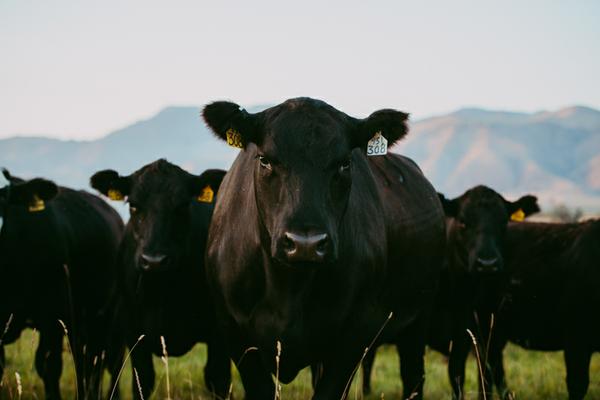 Their obvious wonder transfers across 15 feet of airspace to me. I look back at the hole. Why do we plant trees? Apple trees? Especially in this place that some say is zone three at an elevation more than a mile above sea level? Winter is hard in the high country and growing gardens and fruit take extra effort. Is it because we desperately love apples?
Their obvious wonder transfers across 15 feet of airspace to me. I look back at the hole. Why do we plant trees? Apple trees? Especially in this place that some say is zone three at an elevation more than a mile above sea level? Winter is hard in the high country and growing gardens and fruit take extra effort. Is it because we desperately love apples?
These are good questions, even if a cow asked them. I hope I get to see 80 years someday; and that’s only 25 short years away. At the rate time is going now, it will be spent in a blink. My hourglass sand is well over half gone. These thoughts are more real to me than ever as I just buried my father in Idaho volcanic soil several weeks ago. He had a good run on Earth of nearly 92 years. He lived life to the full. And he’s moved on–beyond the reach of any fruit he planted.
And so it will be for me. I may get some Honeycrisp juice to drip from my lips (I certainly hope so), but the larger reapers will likely be my kids and grandkids. So is that it? Simply altruism? This we do for the next generation?
Perhaps a little. But I would submit to you, dear reader, that it is something bigger than that. Caryl and I hardly think that said apple tree or sugar maple is only for the grandkids. I’ve realized more and more that we are wired this way to work in stewardship and husbandry, to grow things and nurture things. We do things not for a particular payoff or investment. Those are things you do on Wall Street.
Instead, the why is being part of the grand symphony of life; of care and completion, of restoration and redemption. It’s in making wrongs right and creating beauty from ashes. It’s complementing while being considerate of what was there before.
It’s like a well-tended garden. And that’s what I even feel when horseback on the range at the end of a long day. The cattle are full of grass, and we are sure we left plenty for the wild elk and deer. The trout swim in un-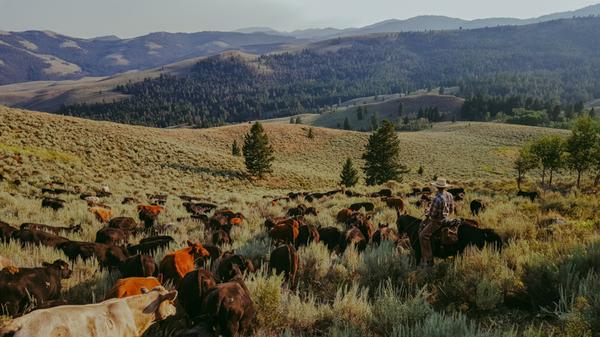 muddied streams; flowers wave in the undulating pitch and roll of the tall grass in the breeze as we step through them. The timbered ridges are on fire with the last throes of daylight sent by the life-giving sun; and all is right. We walk in beauty and our work has complemented the beauty instead of detracting from it.
muddied streams; flowers wave in the undulating pitch and roll of the tall grass in the breeze as we step through them. The timbered ridges are on fire with the last throes of daylight sent by the life-giving sun; and all is right. We walk in beauty and our work has complemented the beauty instead of detracting from it.
We live on, and have become part of the landscape. Sure, we add small things. We plant apples. Sugar maples for a splash of scarlet. Aspen groves for a swatch of gold. And I believe they complement what was there. It is a garden, after all. And our passion is to tend it.
Happy Trails
Glenn, Caryl, Cowboys and Girls.



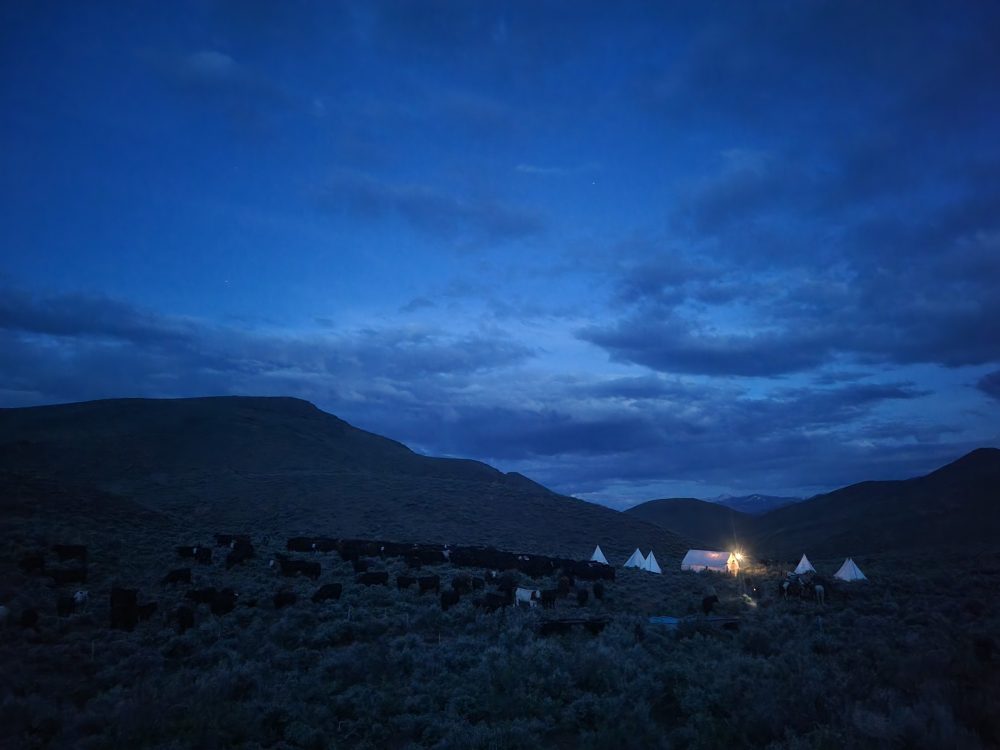

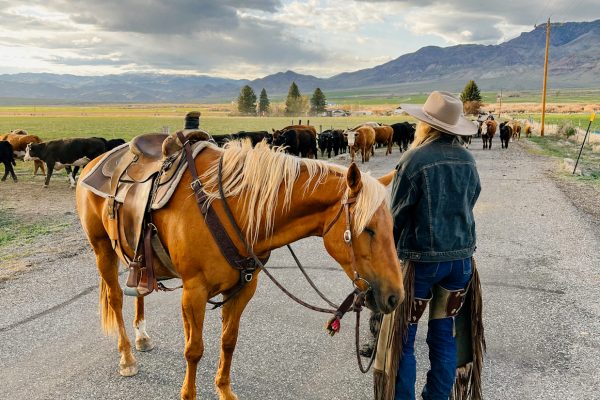
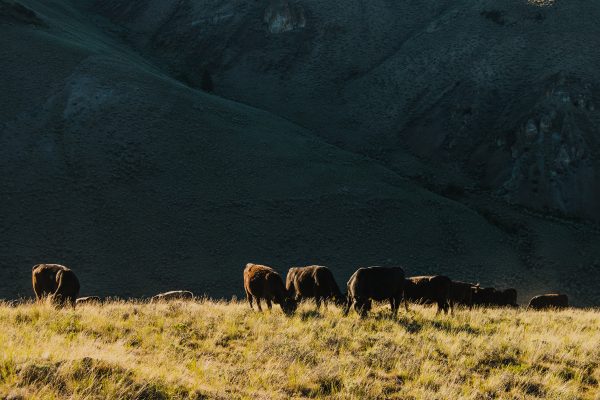
Leave a Reply